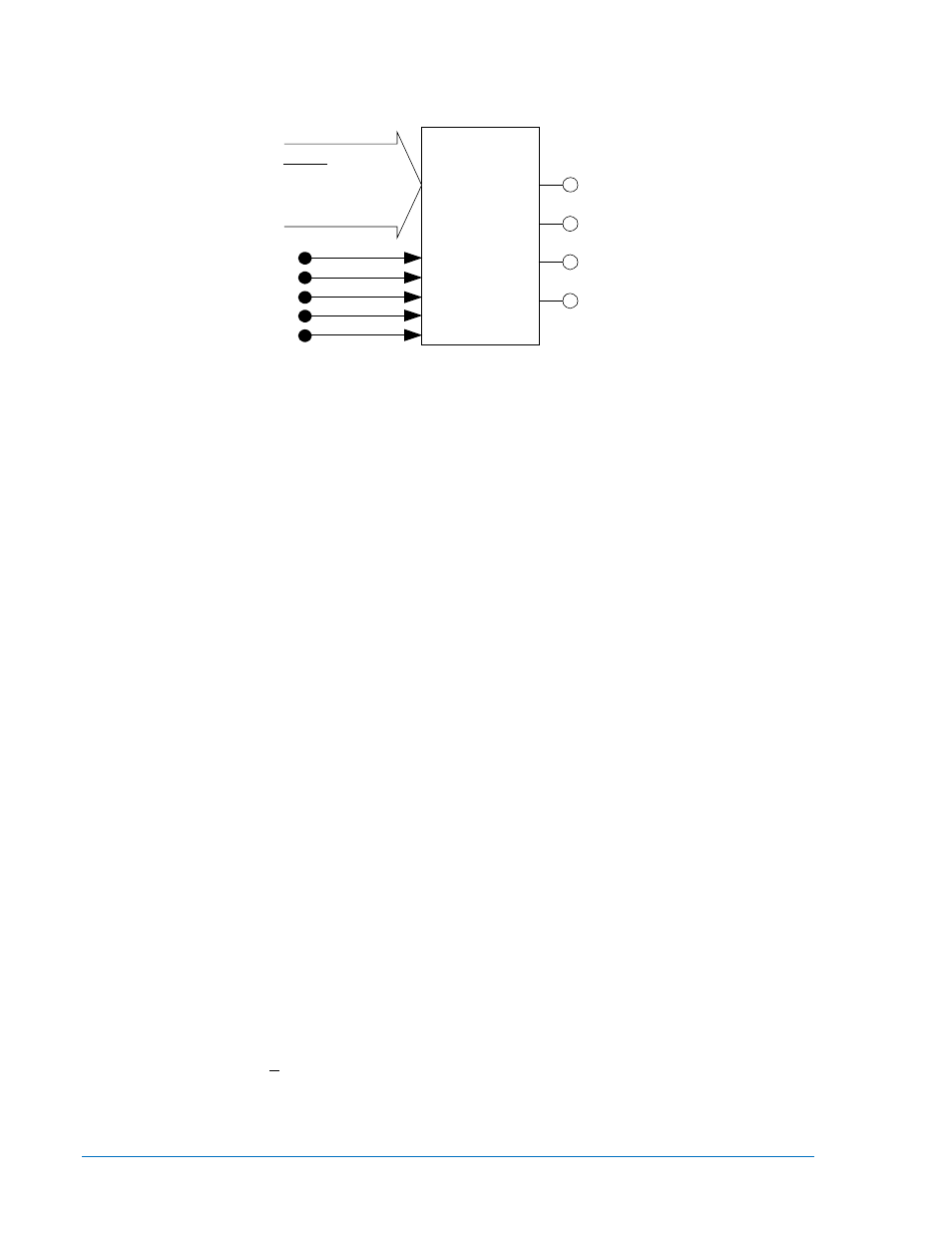Bestlogic™ settings for setting group control, Bestlogic settings for setting group control -2, Figure 4-1. setting group control logic block -2 – Basler Electric BE1-851 User Manual
Page 58

AUTOMATIC logic input being asserted, the relay monitors loading or unbalance conditions and changes
the active setting group according to the “switch to” and “return” criteria set. The change criteria for
manual and automatic control are described in more detail later in this section.
Figure 4-1. Setting Group Control Logic Block
The function block has four logic variable outputs, SG0, SG1, SG2, and SG3. The appropriate variable is
asserted when each setting group is active. These logic variables can be used in programmable logic to
modify the logic based upon which setting group is active. For example, it may be desired for the 51P to
trip the low side breaker through OUT2 under normal conditions but to trip the 86T lockout relay through
OUT1 only when in setting group 3. The logic for OUT1 would include the term 51PT*SG3 so that 51PT
only actuates OUT1 when SG3 is asserted.
The setting group control function block also has an alarm output variable SGC (Setting Group Changed).
This output is asserted whenever the relay switches from one setting group to another. The SGC alarm bit
is asserted for the SGCON time setting. This output can be used in the programmable alarms function if it
is desired to monitor when the relay changes to a new setting group. See Section 6, Reporting and
Alarms, Alarms Function, for more information on using alarm outputs.
The SGCON time setting also serves to provide anti-pump protection to prevent excessive changing
between groups. Once a change in active group has been made, another change cannot take place for
two times the SGCON setting.
The SGC ACTIVE alarm output is typically used to provide an external acknowledgment that a setting
group change occurred. If SCADA is used to change the active group, then this signal could be monitored
to verify that the operation occurred. The SGC ACTIVE alarm output ON time is user programmable and
should be set greater than the SCADA scan rate. This can be set through the ASCII command interface
by using the SG-SGCON (settings general – SGC Alarm on time) command.
When the relay switches to a new setting group, all functions are reset and initialized with the new
operating parameters. This settings change occurs instantaneously so at no time is the relay off line. The
active setting group is saved in non-volatile memory so that the relay will power up using the same setting
group as it was using when it was powered down. To prevent the relay from changing settings while a
fault condition is in process, setting group changes are blocked when the relay is in a picked-up state.
Since the relay is completely programmable, the fault condition is defined by the pickup logic expression
in the fault reporting functions. See Section 6, Reporting and Alarms, Fault Reporting, for more
information.
The selection of the active setting group provided by this function block can also be overridden. When the
logic override is used, a setting group is made active and the relay stays in that group regardless of the
state of the automatic or manual logic control conditions.
BESTlogic™ Settings for Setting Group Control
BESTlogic settings are made from the BESTlogic Function Element screen in BESTCOMS™. Figure 4-2
illustrates the BESTCOMS screen used to select BESTlogic settings for the Setting Group Control
function. To open the BESTlogic Function Element screen for Setting Group Selection, select Setting
Group Selection from the Screens pull-down menu. Then select the BESTlogic button in the lower left
hand corner of the screen. Alternately, settings may be made through the ASCII command interface using
the SL-GROUP (settings logic-group control) command.
SG0
SG1
SG3
SETTING
GROUP
LOGIC
SL-GROUP
Mode
0 - Disable
1 - Discrete Input
2 - Binary Input
SG2
P0029-13
05-11-05
AUTOMATIC
D2
D1
D3
D0
4-2
BE1-851 Protection and Control
9289900990 Rev R
